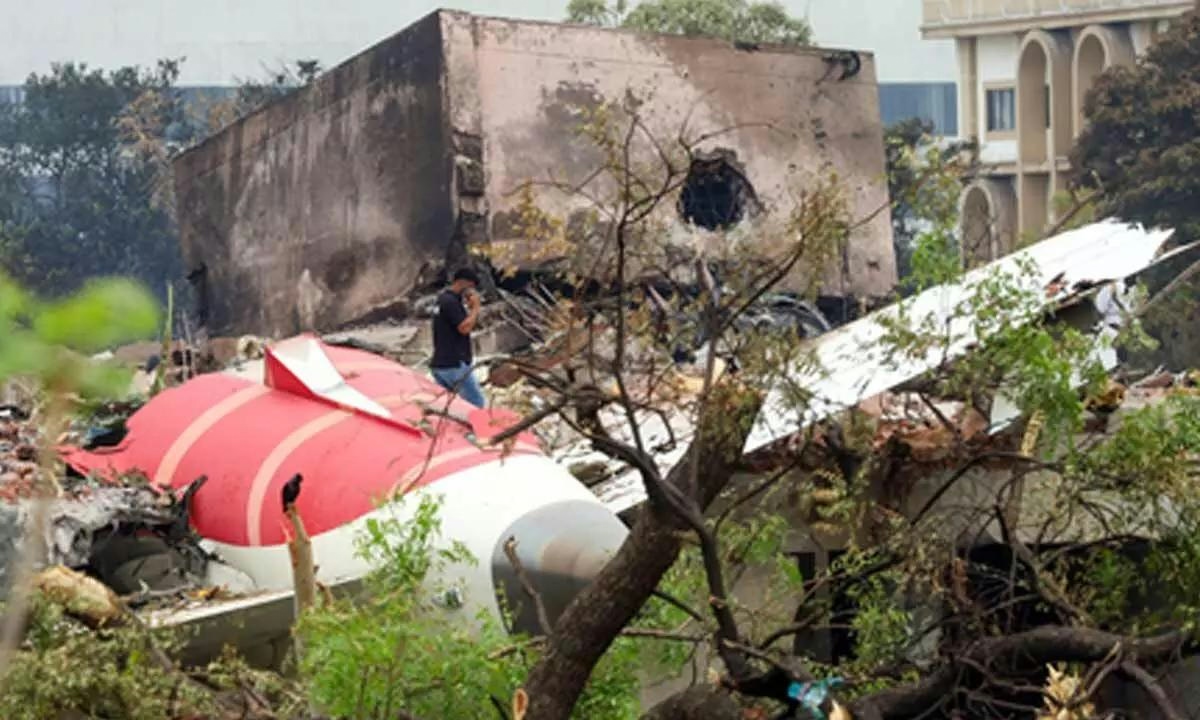热门趋势
Airbus Confirms 12 A350 Orders for IAG in May Despite No New Orders
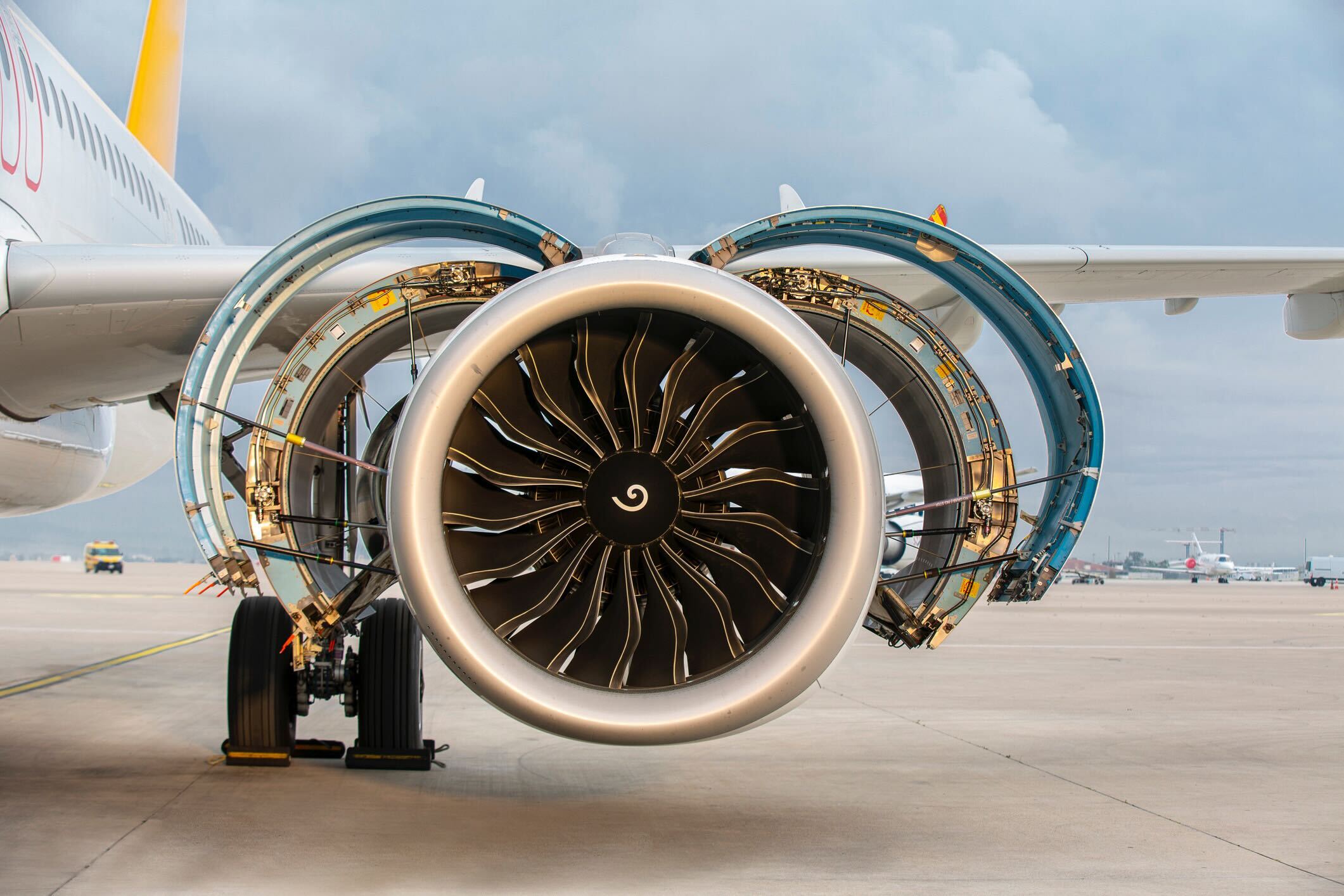
Airbus Confirms 12 A350 Orders for IAG Amid May’s Order Drought
Airbus reported no new aircraft orders in May, according to its latest update on orders and deliveries. Despite the absence of fresh deals, the European aerospace giant confirmed that International Airlines Group (IAG) is the customer behind a previously undisclosed order for 12 A350 aircraft. This announcement comes as Airbus continues to face supply chain disruptions and production delays affecting the A350 program.
Clarification of IAG’s A350 Order and Order Book Stability
On June 5, Airbus stated that its net orders for 2025 remain steady at 215 aircraft, with no new orders or cancellations recorded during May. The company clarified that an order placed on March 6 for six A350-900s and six A350-1000s—previously attributed to an undisclosed customer—was in fact made by IAG for its subsidiaries British Airways and Iberia.
IAG had already disclosed this order in its first-quarter financial results on May 9, alongside plans to acquire 34 A330-900s (21 firm orders and 13 options) and 42 Boeing 787-10s (32 firm orders and 10 options). However, the A330-900 order has yet to be reflected in Airbus’s official backlog. On the same day, Airbus also recorded an order from another undisclosed customer for 13 A320neo and 17 A321neo aircraft, though the identity of this airline remains confidential.
Despite confirming the IAG A350 order, Airbus continues to contend with supply chain challenges and production delays, particularly within the A350 program. These ongoing issues may create opportunities for competitors to capitalize on Airbus’s constrained production capacity.
Delivery Performance Highlighted by Wizz Air’s First A321XLR
In May, Airbus delivered a total of 51 aircraft worldwide, maintaining delivery momentum despite the stagnation in new orders. The deliveries included a diverse mix of models: one A220-100 to Comlux for private aviation, four A220-300s, one A319neo marking Air China’s first of the type, eleven A320neos, twenty-eight A321neos, three A330-900s, and three A350-900s.
A significant milestone was achieved with Wizz Air’s receipt of its first A321XLR, registered as G-XLRA. Delivered to Wizz Air UK and arriving at London Luton Airport on May 20, the aircraft quickly entered commercial service, operating routes from London Gatwick to Athens and Jeddah.
Several U.S. carriers, including Breeze Airways, Delta Air Lines, Frontier Airlines, JetBlue, and Spirit Airlines, also took delivery of new Airbus aircraft in May. However, some U.S. airlines, notably Delta and Spirit, have expressed concerns about the future of their Airbus backlogs amid ongoing EU-US trade tensions rooted in policies from the previous U.S. administration. Despite these uncertainties, Delta received four new aircraft in May, including one A321neo, underscoring continued demand.
Outlook
While Airbus’s order book remained unchanged in May, the confirmation of IAG’s A350 order highlights sustained demand for widebody aircraft. Nevertheless, persistent supply chain disruptions and production delays—especially affecting the A350—pose ongoing challenges for the manufacturer, potentially allowing competitors to gain market share.
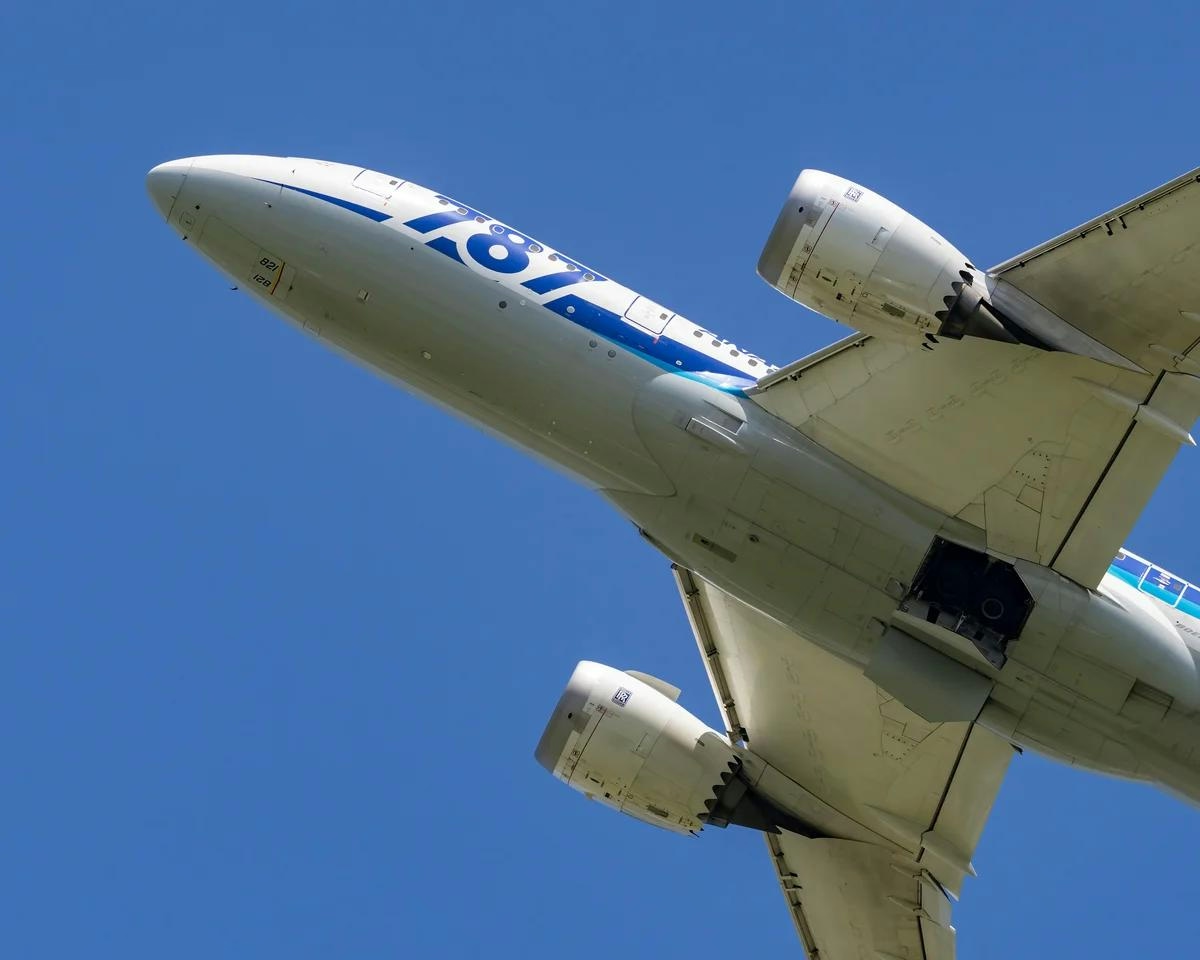
Etihad Advises Caution and Orders Inspection of Fuel Control Switches on Boeing 787s
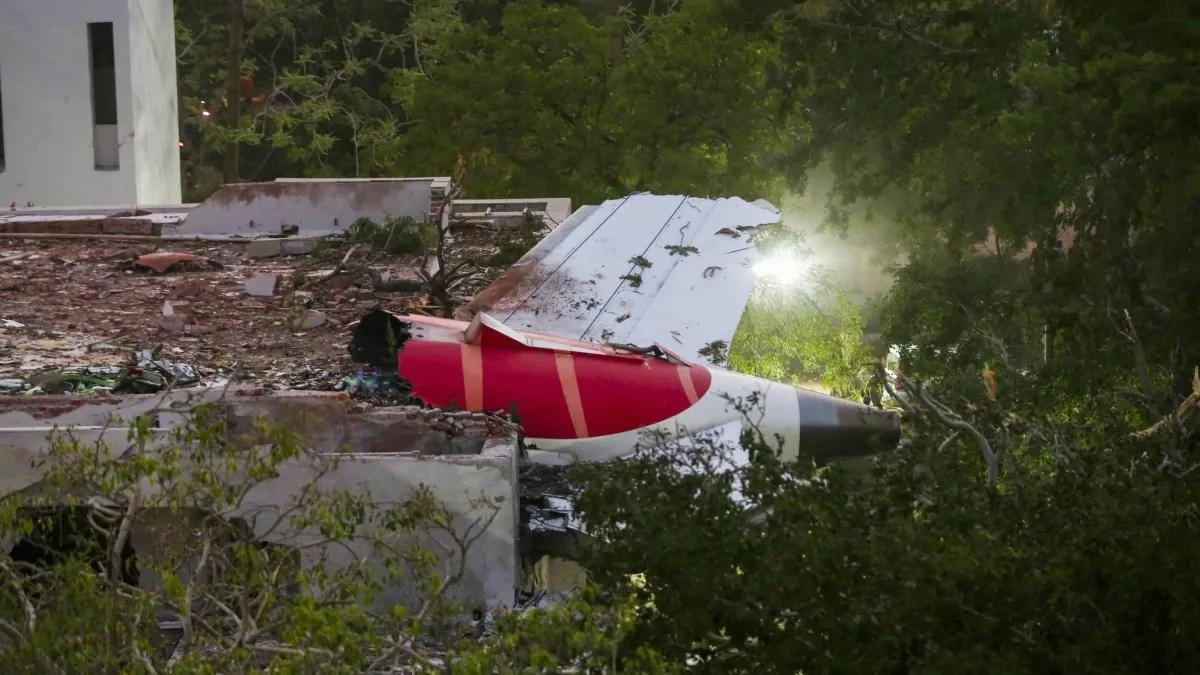
AI Replaced Throttle Control Module Twice in Boeing Plane Crash
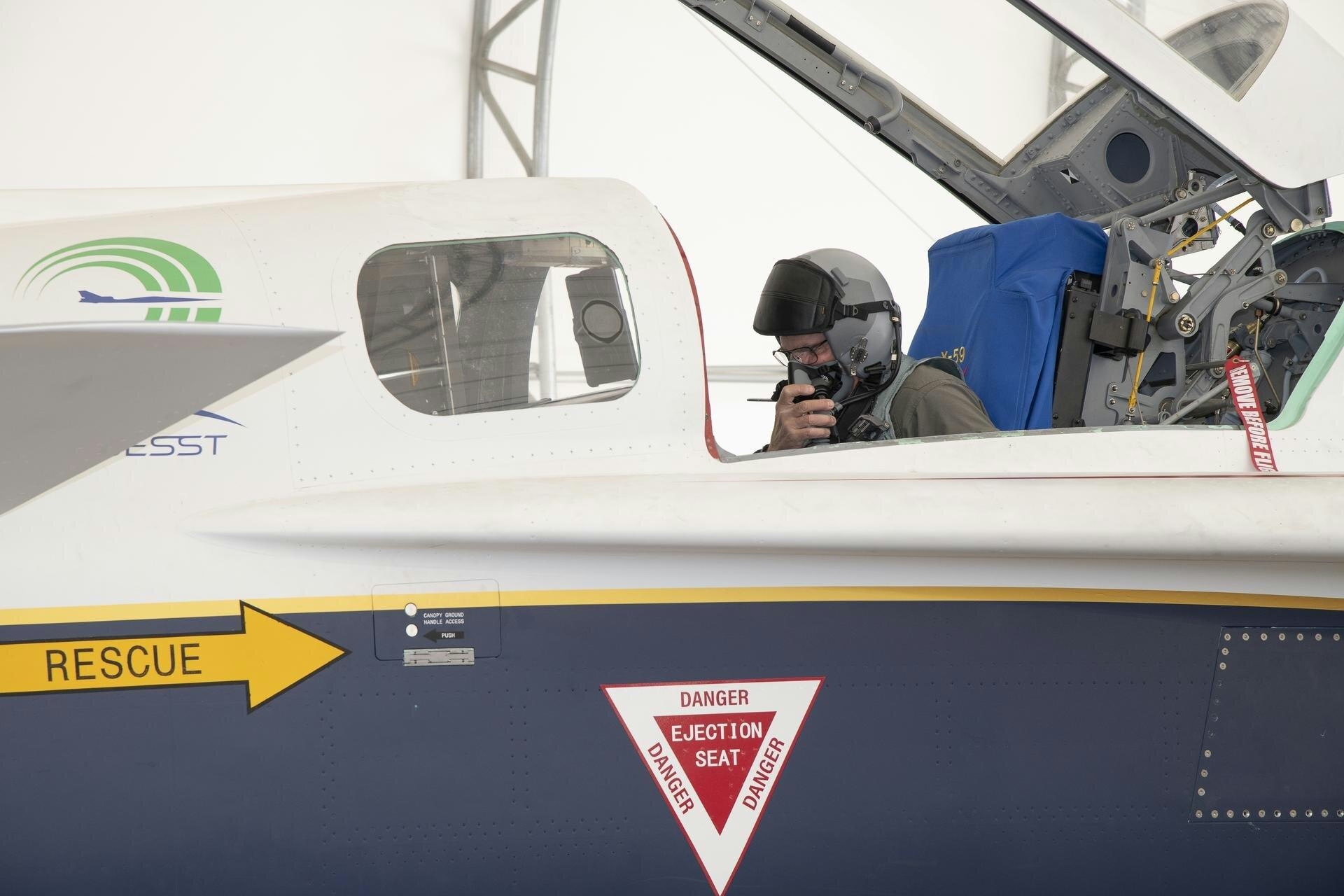
NASA's X-59 Jet Aims for Quiet Supersonic Flight at Mach 1.4
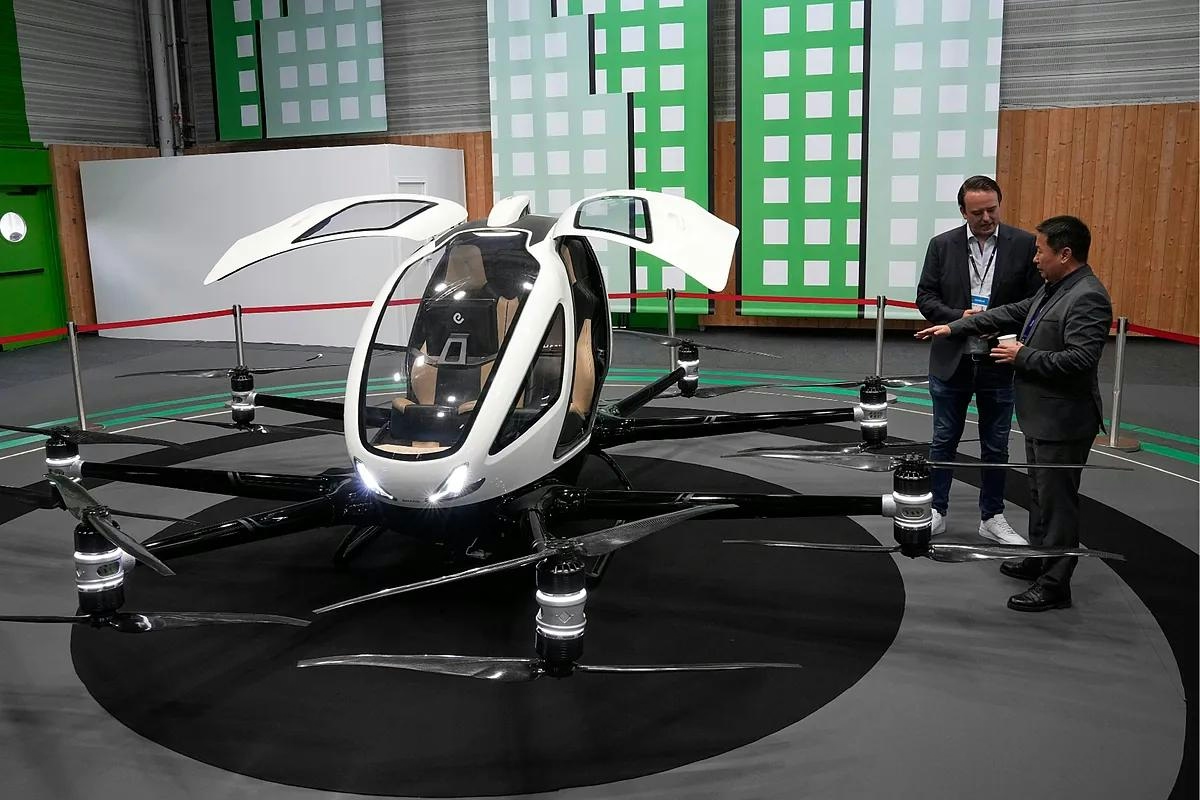
Flying Taxis Begin to Take Flight, Fulfilling Science Fiction Predictions
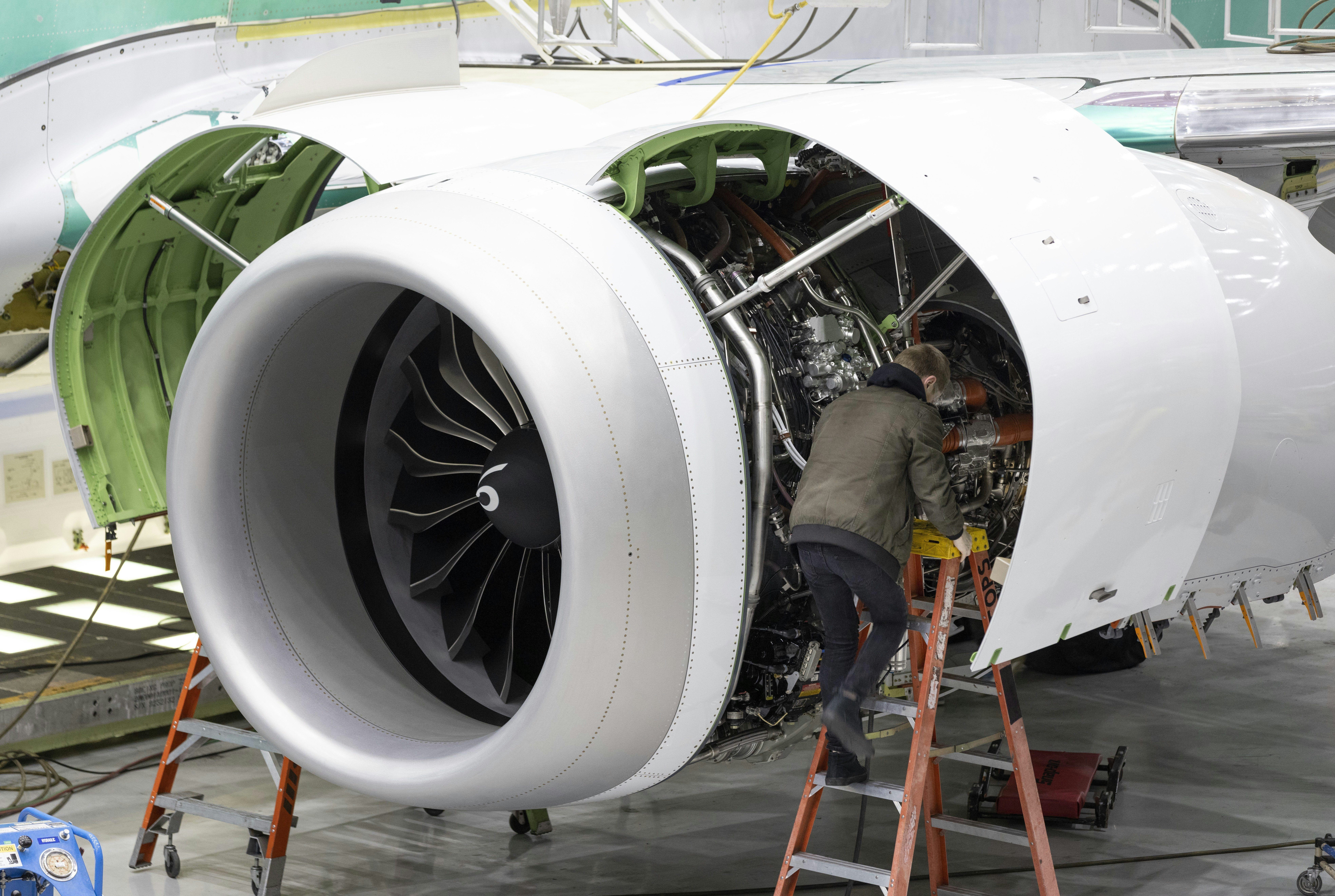
FAA Interim Report Finds No Immediate Safety Issues with Boeing 787-8 in Air India Crash
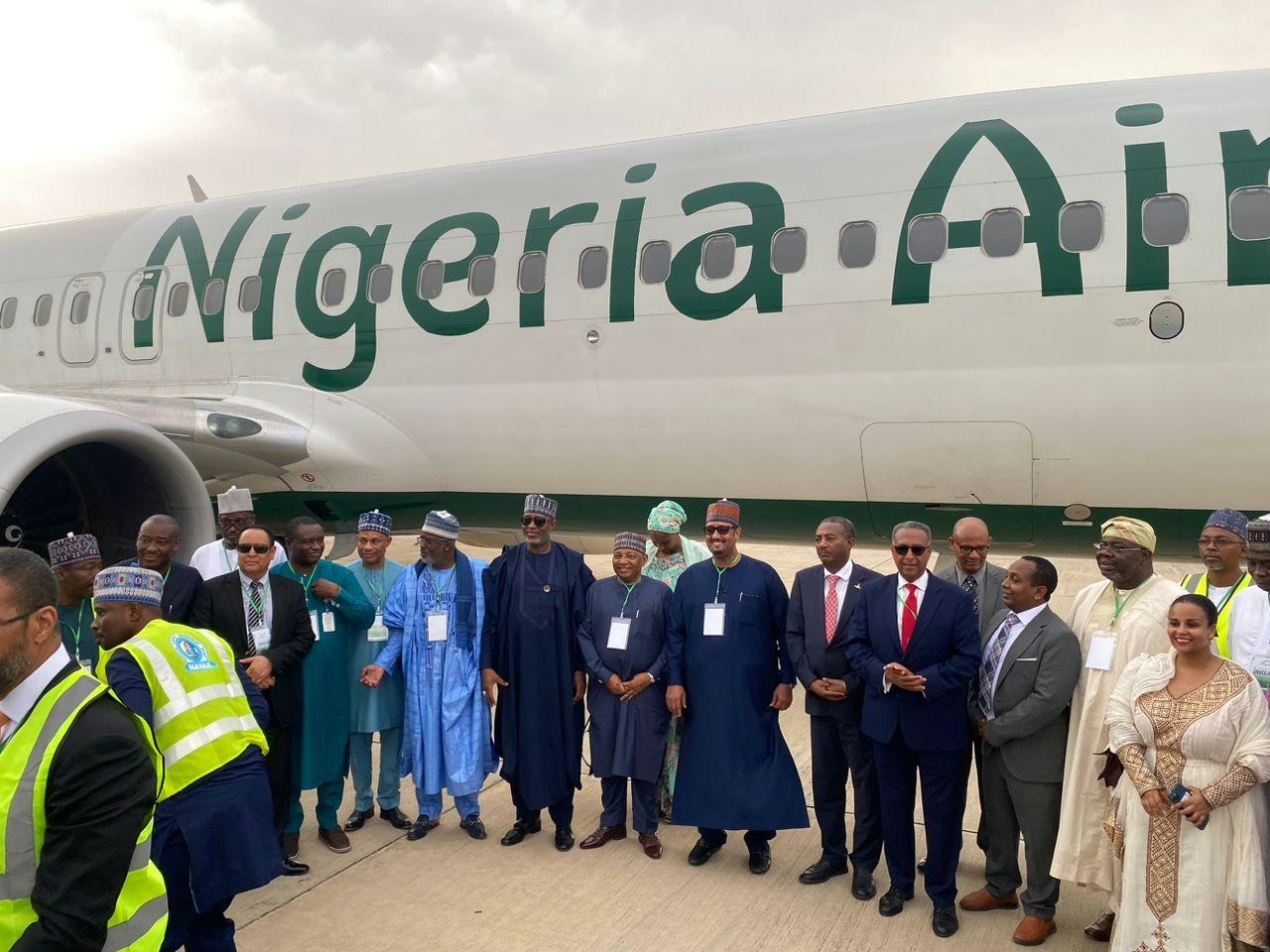
Nigeria's Aviation Reforms Show Early Progress
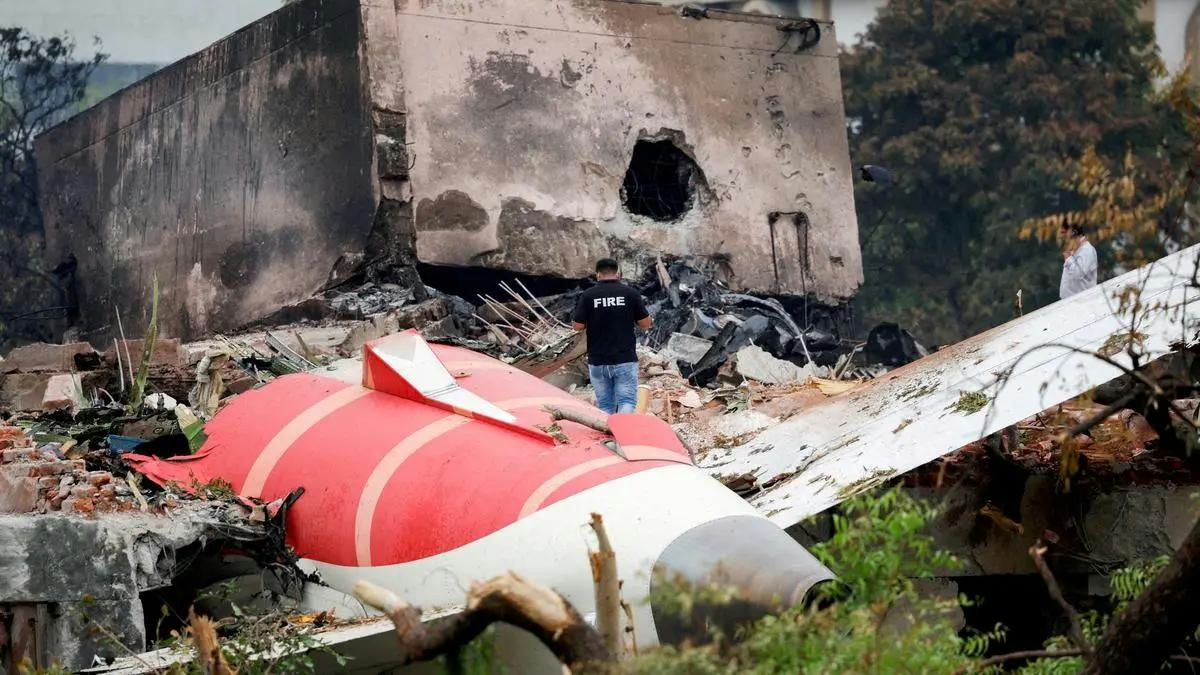
Aviation Expert Sanat Kaul Questions AI 171 Crash Report, Urges Pilot Involvement in Investigation
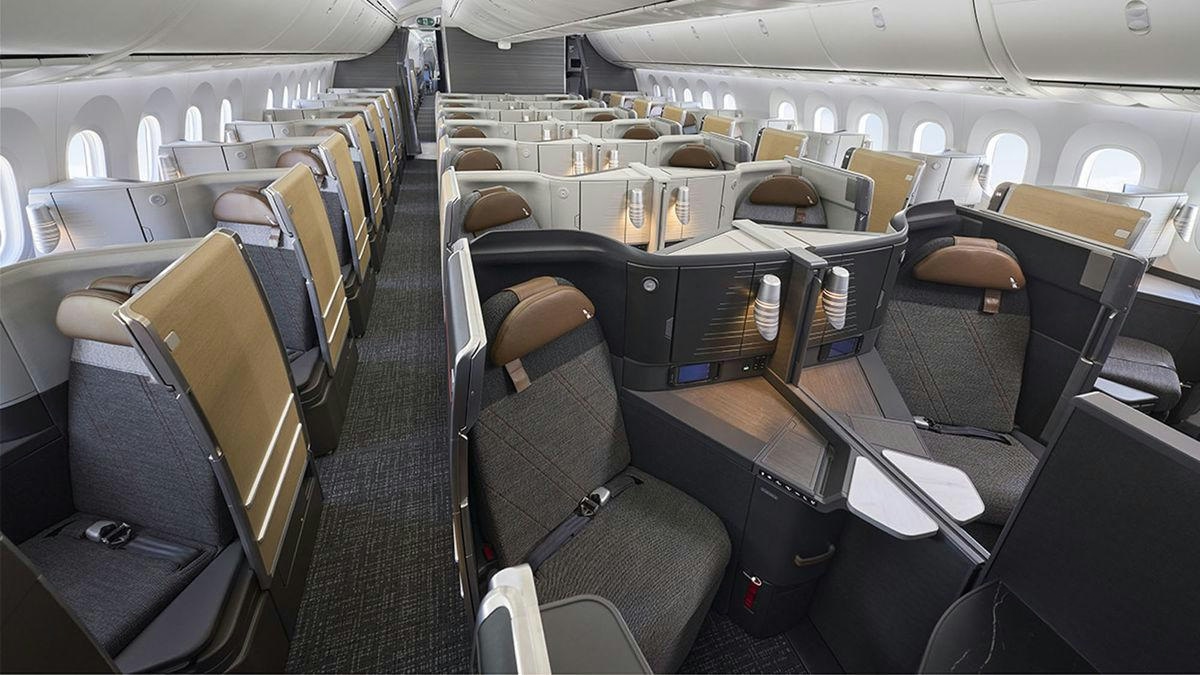
Will Delta Eventually Order Boeing 787 Dreamliners?
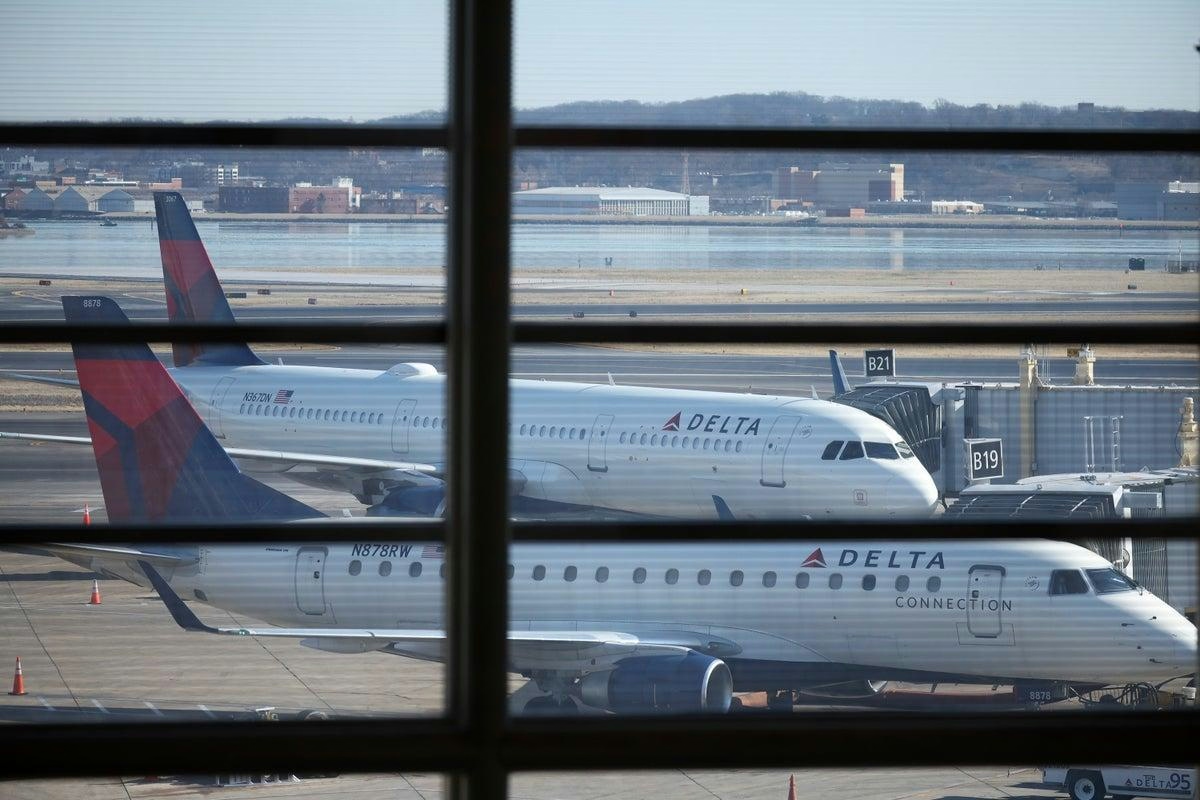
Delta CEO Explains Decision to Dismantle New Aircraft
